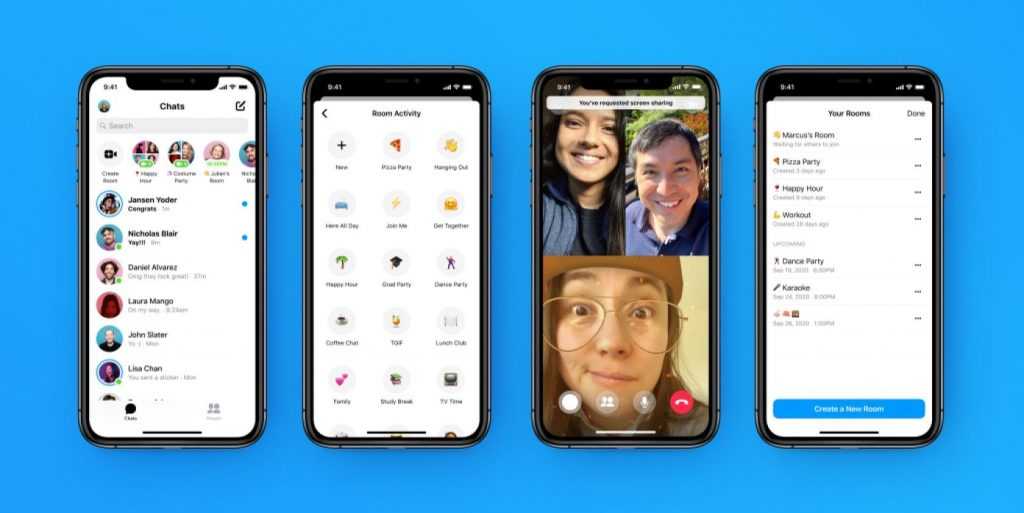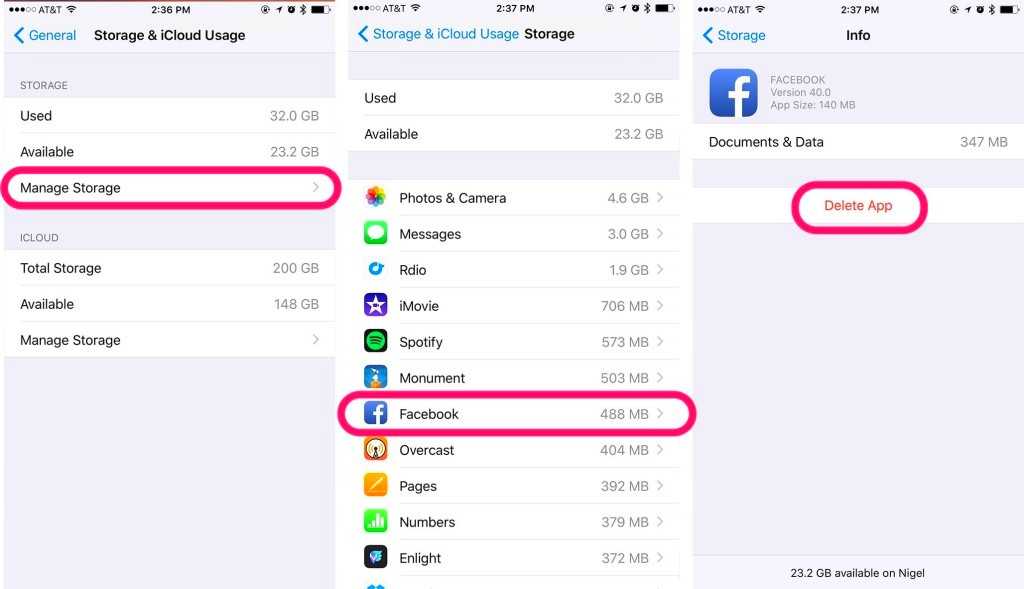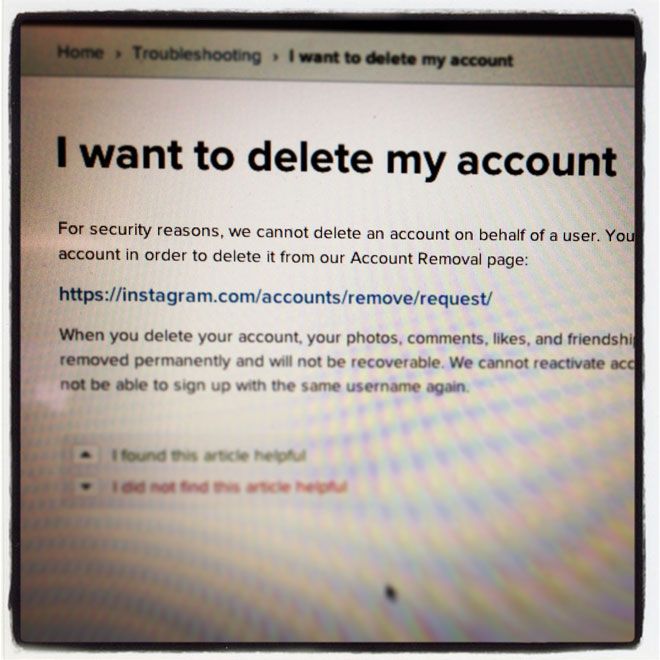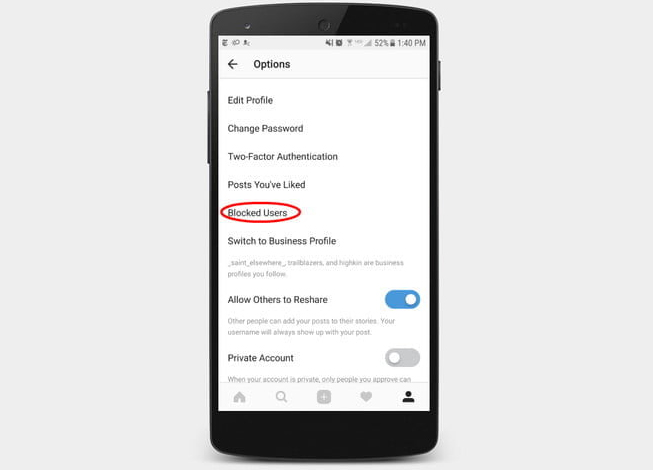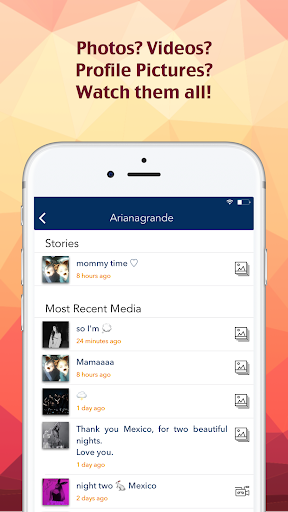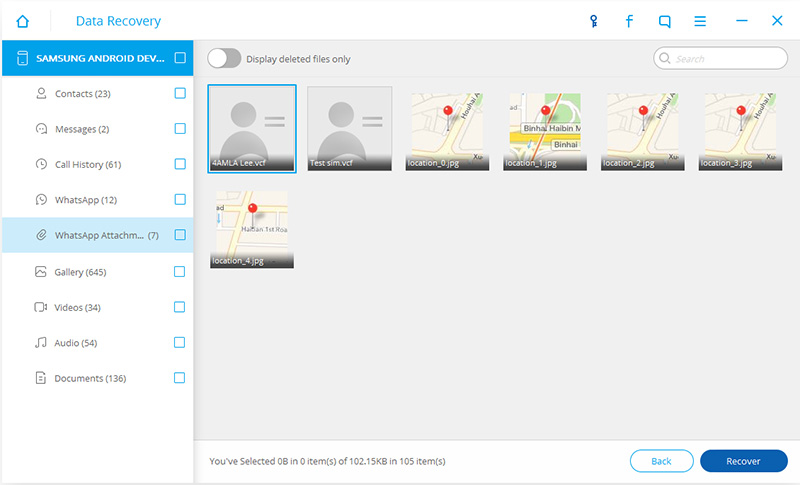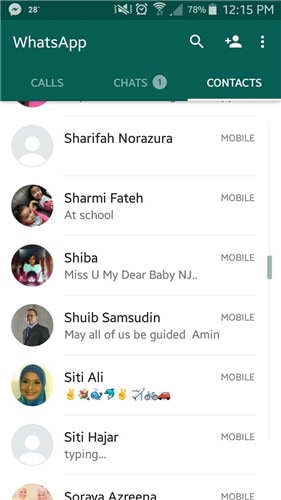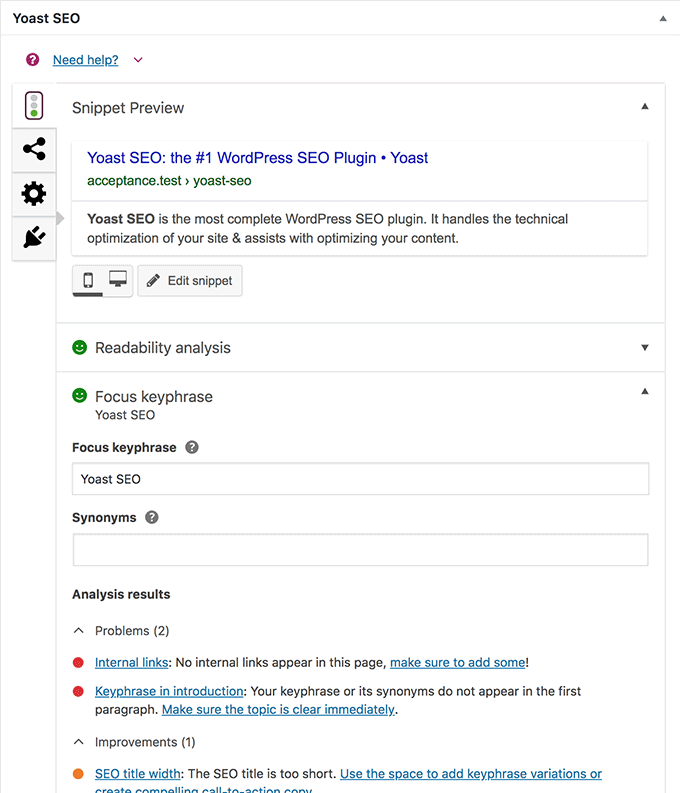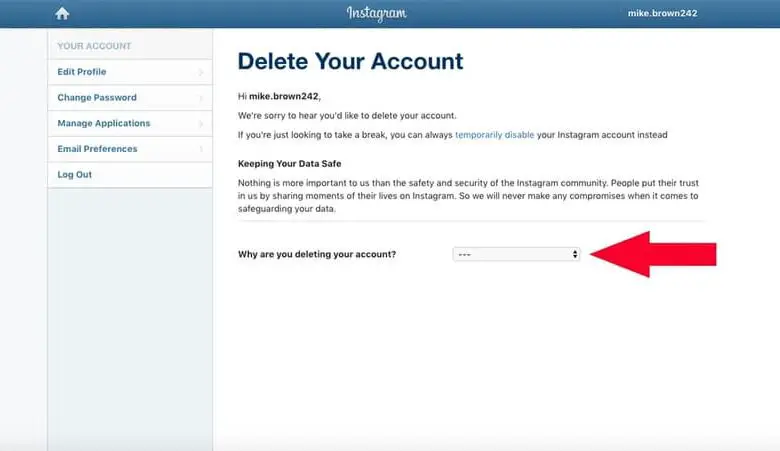How sponsored ads work on instagram
Everything You Need to Know in 2022
With about 1 billion monthly active users, Instagram is an excellent platform to engage with your audience and tell them more about your business. And it’s not just because of the sheer size of the platform’s userbase — people engage with brands on Instagram 10x more than they do on Facebook.
A fun and effective way for brands and marketers to expand their reach and tap into new engaged audiences is through Instagram sponsored posts.
In this article, we discuss what Instagram sponsored posts are, how to get paid sponsorship opportunities, how much Instagram sponsored posts cost — and more! Let’s get to it.
Free download: Professionally designed, fully customizable Instagram ad templates. Click and get them now!
What is an Instagram sponsored post?
An Instagram sponsored post is a type of ad. The person (or business) posting a sponsored post puts a budget behind it to reach a wider audience.
There are two different kinds of sponsored posts: those that brands pay Instagram for (a.k.a. promoted posts), and those that brands pay influencers for (paid sponsorships).
- Promoted posts, boosted posts, and Instagram advertising: Just like the other major social media platforms (Facebook, Twitter, LinkedIn, etc.), Instagram has a native ad management tool. Brands can use it to create custom target audiences based on age, gender, interests, and location and serve sponsored content to these custom audiences.
- Paid sponsorships: This is when a brand pays a user to promote them via Instagram posts. Typically, this user (or influencer) has a personal brand and an engaged follower base of their own. When an influencer finds a brand in their niche that wants to sponsor them, they can charge a certain amount of money to create an organic post that features the brand’s products or services. This way, the influencer exposes the brand to an audience it might not otherwise have had access to.
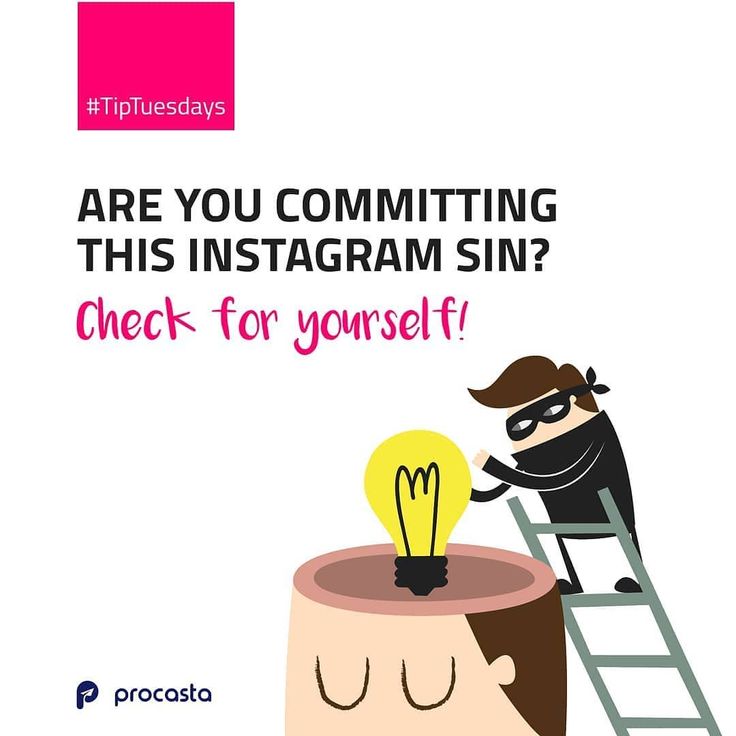
In this post, we’re focusing on paid sponsorships—the kind where a brand pays an influencer to promote their products and services.
As influencer marketing became an established, valuable area of digital marketing in the last few years, influencers were not being transparent about their partnerships with brands. To reduce this, Instagram put out its branded content features, which allows influencers to tag the brands they’re partnering with on the platform.
What do Instagram sponsored posts look like?
Have you come across posts like this on the Instagram app?
This is an Instagram sponsored post. Paid sponsorship posts like this are usually indicated with a “paid partnership with [brand name]” tag that comes immediately after the user name.
Posts like this give the brands access to the organic insights of posts that they’re tagged in. They can see the date the post went live, the reach, and the engagement the post got.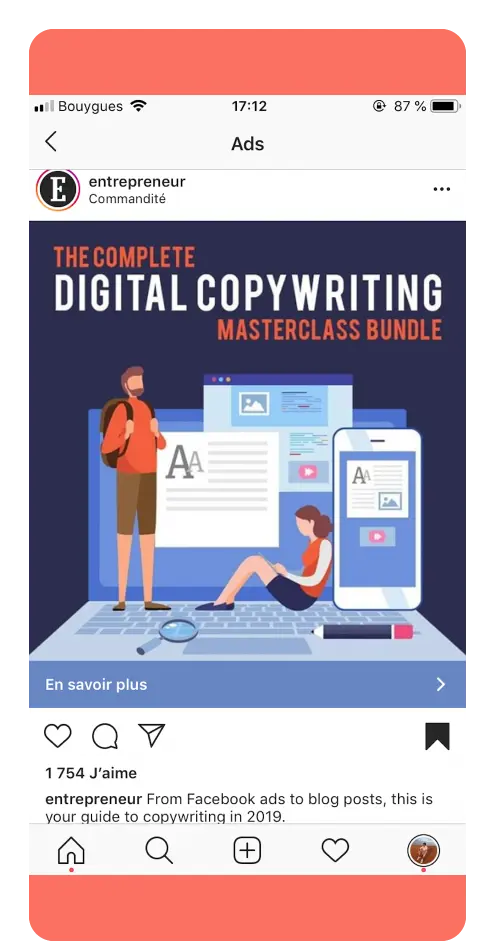 This data can help brands decide which partnerships bring the most return on investment (ROI).
This data can help brands decide which partnerships bring the most return on investment (ROI).
If you are an influencer, you must disclose all your sponsored posts. Not only does it prevent Instagram from taking down your posts, it also keeps you in the good graces of the Federal Trade Commission (FTC). The FTC demands that influencers disclose sponsored posts to protect all parties involved from potential fines or liability.
The transparency that comes with disclosing paid sponsorships also fosters trust between the brand and influencer.
How to get a sponsored post on Instagram
If you want brands to sponsor your Instagram posts, here are some steps you should take:
1. Define your niche and brand
The best way to get brands to notice you is if you post content in their niche. Choosing a niche helps you figure out the kinds of content to create and the sort of audience you want your posts to reach. There are many Instagram niches you can focus on including:
- Food
- Fitness
- Health and wellness
- Beauty and fashion
- Sports
- Technology, etc.

Whatever niche you choose, you need to define your brand.
Personal branding refers to your overall aesthetic. What colors do you want to use for your posts? What’s your brand messaging? What do you want your feed to look like?
As you try to answer these questions, bear in mind that good influencers have unique posts. Their posts are so distinguishable that an Instagram user can easily recognize the influencer’s posts even when another account shares it. As that user continues to see similar content from that influencer, they’ll grow to view the influencer as an expert in their field.
Pro-tip: In addition to making your Instagram feed cohesive and eye-catching, you can also create a website or online store that has the same aesthetic and messaging as your IG feed. If you choose to create a website, make sure to buy a custom domain name consistent with your brand and connect it to a CMS like HubSpot. This will help you keep your website secure and easily customize your site to match your brand.
2. Understand your audience
If you understand your audience, you’ll be able to know if you’re a good fit for a brand. You’ll also be able to identify which brands will benefit greatly if they partner with you.
To know your audience, start by gathering data on your demographic of choice: their age, gender, geographic location, and interests. What kinds of post do they engage with most? What times of day are they online?
The information you gather will help you convince brands to partner with you. You’ll be able to explain to potential sponsors the kind of audience they can reach if they work with you.
Telling brands that they’ll reach an audience of middle-aged men, primarily from California, who use Instagram after work hours and prefer fitness content is more effective than simply saying: “You’ll reach men.”. You’ll also be able to explain to them the kind of audience they’ll reach if they work with you.
Explaining that a brand will be able to reach middle-aged men, primarily from California who often use Instagram after work hours and prefers fitness content is more powerful than saying, “You’ll be reaching men. ”
”
3. Post consistently
The frequency at which you post content on Instagram is just as important as the quality of content you post. We found that posting once a day is a good enough frequency to grow your Instagram account. We also found that 11 am on Wednesdays is the best time to post on Instagram.
Posting every day (or every business day, at least) is important because Instagram’s algorithms favor fresh content, and you want to keep yourself at the top of your audience’s mind so that they won’t unfollow or forget about you.
But you need to figure out what frequency and times work best for you and your audience. If your audience doesn’t engage well with your posts on Wednesdays, post at a different time that they’re online. It takes trials and errors, but with time, you’ll eventually figure it out.
4. Use hashtags
Hashtags are a great way to make your content more discoverable. Instagram allows you to use up to 30 hashtags per post, but using that much doesn’t guarantee optimal engagement.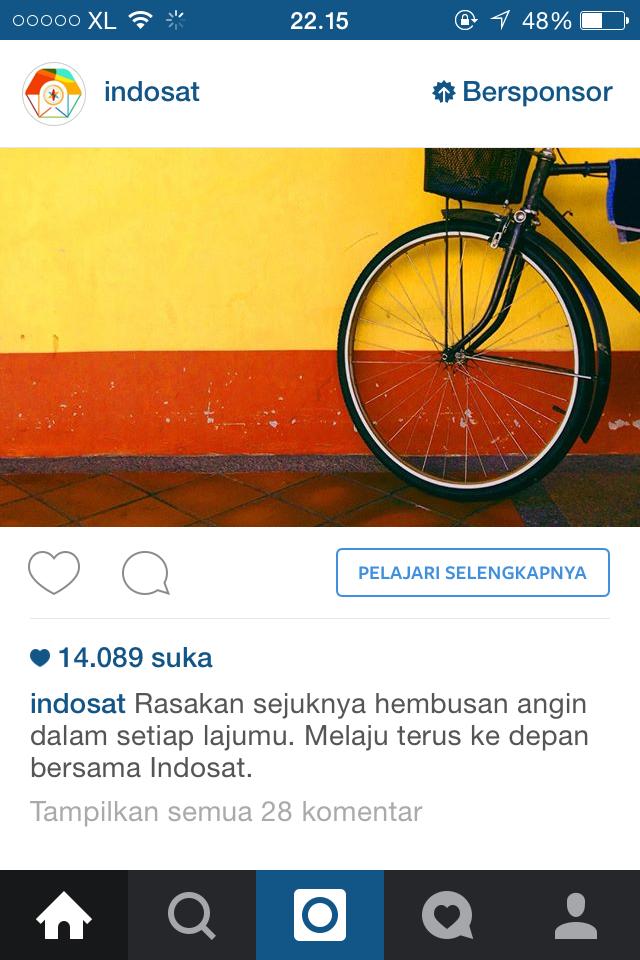
The trick to using hashtags properly is to use hashtags that are relevant to your content. Those hashtags also need to be niche.
For instance, #interiordecor has 16,700,000 posts, while #interiordecorideas has only 50,000 posts. The more niche the hashtag is, the easier it will be for your posts to get discovered.
Pro-tip: You should also use geotags as they help brands find you if they want to reach an audience in a specific location. For instance, if a jewelry store notices that you often post fashion tops from the New York area, and they want to reach people in that region, they’re more likely to work with you than with someone else who isn’t in New York.
5. Tag brands in your Instagram posts
Now that you’ve defined your niche and brand, and you’ve posted some high-quality content, you’re ready to start working with brands.
First, start small. If your niche is fashion, don’t go straight to Vogue or Armani. Instead, try to tag all fashion brands you’ve seen on Instagram already.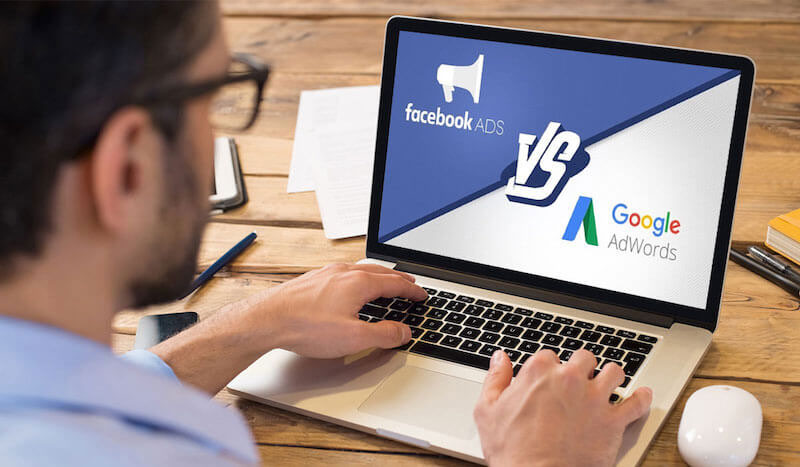 Buy their products and tag them when you post images of yourself rocking those products.
Buy their products and tag them when you post images of yourself rocking those products.
Take @its_priscy, a brand influencer, for example. She posted this image of herself wearing a wig by Cassie Hair. The image has a great resolution and fits with her brand. She also tags @cassie_hair in her description.
Even if you’re not paid by the brand, tagging them will put you on their radar.
6. Include your contact info in your bio
Your Instagram bio is the best way to show brands that you want to become an influencer. Adding your website, email address, or even a press kit makes it easy for potential sponsors to contact you about partnerships.
For instance, @t0nit0ne adds her website and email to her Instagram profile. This makes it easy for brands to contact her for paid sponsorship opportunities.
Pro-tip: If you have a website or blog, try adding a Press Page to your site so that brands can know what you offer.
Once you start working with brands, you can add them to your Press Page to showcase your experience and professionalism.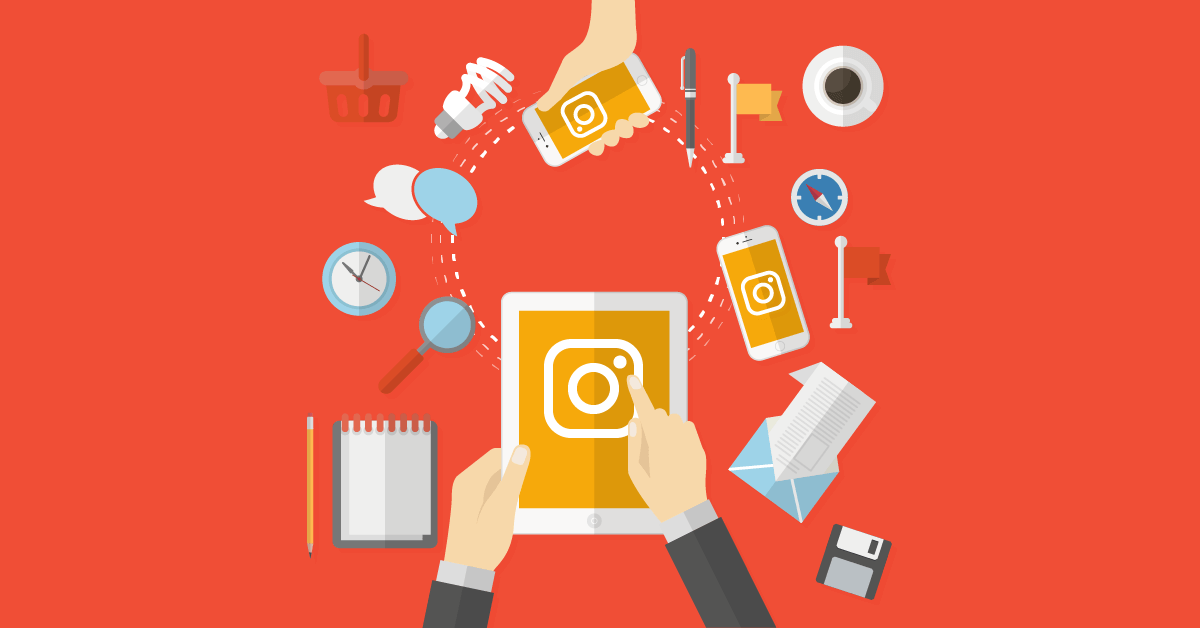
7. Pitch paid sponsorships
You can’t sit around and wait for sponsorship offers to fall in your laps. You have to actively look for them. Reach out to brands and offer your services to them. If you have the right pitch, you might be able to get gigs without waiting for brands to find you first.
Before pitching brands, try to find brands that clearly spend time and money on their Instagram account. A good telltale sign of this is if they run a lot of Instagram ads. Then, research similar influencers in your industry that sponsor these brands.
Once you have your list of potential partners, send these brands a pitch. In your email, clearly tell them who you are, what you do, and your achievements as an influencer (if you have any). Then explain why you’re the right influencer for that brand, and include your follower count and average engagement rate.
You can also send the brand a DM straight from Instagram, but it might get lost if the brand gets a lot of DMs every day.
Note: It’s better to pitch smaller brands first before moving on to bigger ones. This gives you a better chance of getting gigs and will allow you to build a portfolio.
8. Charge what you’re worth
When brands reach out to you for a partnership, know how much you’ll charge them. There’s an industry standard depending on how many followers you have (we’ll cover that shortly), but your prices could vary depending on how much engagement you get on your posts.
You should also know how to use Instagram’s many features to create a good deal. For instance, for $500, you could make six Instagram Story posts and put a link to their website in your bio for, say, a day.
Once your pricing structure is set, you’ll understand exactly how to sponsor posts for brands that you’re working with.
How to sponsor a post on Instagram
If you’re a brand looking to work with an Instagram influencer, here’s what to do.
First, you need to reach out directly to the influencer. You can email them or send them DMs to ask about paid sponsorship opportunities. Some influencers will ask for payment upfront, while others (usually smaller influencers) will accept free product samples as payment for sponsored posts.
You can email them or send them DMs to ask about paid sponsorship opportunities. Some influencers will ask for payment upfront, while others (usually smaller influencers) will accept free product samples as payment for sponsored posts.
Once you and the influencer have worked out the scope of the sponsorship and sorted out payment, you can start setting up the branded sponsorship on Instagram.
Here’s how to do this:
- Go to Settings and find Business.
- Then, click on Brand content.
- Click on Approved Business Partners to add the influencer’s account as a partner.
You can also approve all tags manually so that you’ll be able to accept the sponsored tag before it goes live. This way, you can monitor content and make sure the influencer is posting what you need.
Once your partner tags you in their post, you’ll get a notification with an option to approve. When you approve the tag, the post will show up in your Insights and you can monitor it from there.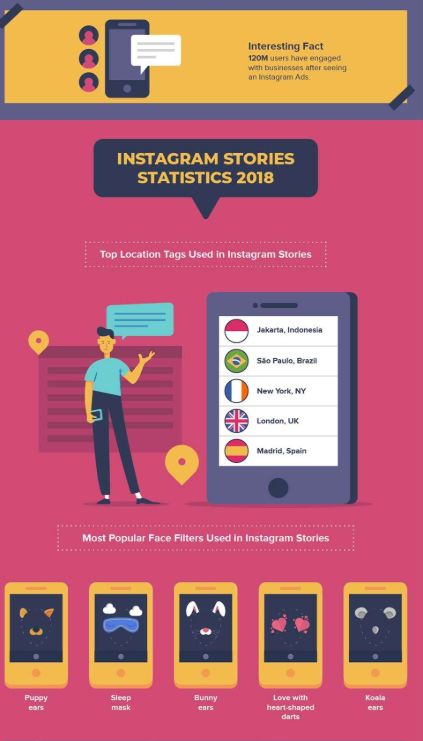
If you want to delete a sponsored post on Instagram, you can just remove the tag from the post. Or you can choose not to approve it from the get-go.
How to create a sponsored post on Instagram
Now, let’s look at things from the influencer’s end.
To create a sponsored post on Instagram, you need to set up a branded sponsorship with the business. You can only make a post after the brand has added them as a partner (see steps above).
When creating the post, it’s important to follow the brand’s guidelines (if they gave you any). You can also run the post by the brand first (both visuals and copy) to ensure that they’re okay with it.
When you want to upload a sponsored post on Instagram, start by uploading the post, Story, or Reel as you normally would. For Feed content, go to Advanced Settings and select Tag Business Partner. This enables you to tag the brand so that they can approve the post before it goes live.
For Stories, you’ll follow the exact same steps. The only difference is that you’ll have to click on the link on the icon toolbar so that you can tag the brand.
How much do Instagram sponsored posts cost?
As mentioned earlier, the amount of money to charge for your services varies depending on your follower size, influencer’s status, and industry. Someone who has 1 million followers, an engaged audience, and a reputation as an expert can (and should) charge much more than a blogger with 5K followers.
According to Influencer Agency, you can charge these price ranges based on follower count:
- $800-1500 for 25 – 50K followers
- $1500-2000 for 50 – 100K followers
- $2000-6000 for 100 – 150K followers
- $6000-10000 for 250K – 1M followers
- $10000+ for 1M+ followers
These are just estimates, though. If you’re a brand, the best way to find out how much you should pay for a sponsored post is to directly email the influencers you want to work with.
How to create Instagram sponsored posts in Facebook Ads Manager
With Facebook Ads Manager, business partners can promote branded content even if they didn’t create it. To do this as a brand, you need to create a new ad in Ads Manager and choose your objective. Then, click Use Post at the top right corner of your screen.
Once you select that, you’ll be able to see all the existing content you can use, including posts that business partners have given you permission to use. After creating your ad, submit it. This way, your content can receive a larger audience than it would have if it was organic.
Now that you know what Instagram sponsored posts are, how to attract brands to sponsor you, and how to create sponsored posts, it’s time for you to start reaching out to brands (if you’re an influencer) and influencers (if you’re a brand).
What Are They And How Are They Unique?
Did you know that Instagram has over 1 billion monthly active users?
This platform is a great place to engage your audience and get them to learn more about your business. Sponsored Instagram posts help you build brand awareness and increase engagement that can lead to more leads and sales to help your business grow.
Sponsored Instagram posts help you build brand awareness and increase engagement that can lead to more leads and sales to help your business grow.
In this post, we’ll discuss what Instagram sponsored posts are, how to launch one, and the best times to use them.
Let’s get to it!
What are Instagram sponsored posts?
Instagram offers many advertising options for businesses.
One of these options, sponsored Instagram posts, is a great way for your business to reach new customers.
With sponsored Instagram posts, you use creative organic Instagram posts from your page and pay to promote them. It can be any post you’ve published on your Instagram account.
You don’t create a new ad, but rather, promote what is already there.
Like Instagram ads, you can target specific people to see your promoted content.
For example, you can target by age, location, and interests, but the targeting is somewhat limited. The goal of promoted posts is to generate more engagement on the original post by reaching people interested in that kind of content.
Your sponsored Instagram posts will only appear on Instagram.
You can, however, add an outside URL to direct people to specific pages on your website. Instagram also allows you to include a call to action (CTA) button to drive traffic to your site. When you run sponsored Instagram posts, you use the ad system.
This is where you can add your CTA button and URL.
Instagram sponsored posts include scalable pricing, plus they’re self-serve and launch instantly. This feature puts your business in control and allows you to guide your Instagram campaign towards success.
How do Instagram sponsored posts and Instagram ads differ?
As you look more into sponsored posts on Instagram, you’ll come across information about Instagram ads. While these may seem similar, they are quite different from one another.
Let’s take a look at how these two types of paid posts compare:
| Type of content | Content you already have on your Instagram profile | Content you create specifically for your campaign |
| Goal | Engagement | Brand awareness, lead generation, traffic, or conversions |
| Audience | Can set a target audience based on age, location, or interests | Can target specific types of people, but who your ad reaches depends on your campaign goals |
| Engagement | Engagement on sponsored Instagram post appears on the original post | Engagement lives and dies on the ad. Once the ad stops running, engagement ends. |
As you look at these two Instagram advertising options, you’ll see their two biggest differences:
Content
One of the most significant differences between these two ads is the type of content you post.
With sponsored Instagram posts, you take content you’ve already posted and promote it to people who haven’t seen it.
Instagram ads require creating content specifically for the ad, even if you copy one of your organic posts.
Engagement
Another big difference between these ads is the engagement.
With Sponsored Instagram ads, your engagement, which includes comments, likes, or shares, will remain on your organic post long after you’re done promoting your post.
On your Instagram ads, you lose all engagement once the campaign is over, which means you can’t capitalize on it. This is a significant difference between sponsored posts on Instagram and Instagram ads.
If you’re looking for a simple and easy way to boost your Instagram engagement, Instagram sponsored posts are the best option for your business.
How to do sponsored posts on Instagram in 7 all-too-easy steps
If you’re looking to start using sponsored posts on Instagram, here’s how you can get started:
- Go to Facebook’s Ad Manager and log into your account to create your ad
- Set “engagement” as your objective
- Choose your target audience
- Pick the placement that will drive the most effective results and establish your budget
- Select the organic post you want to boost
- Review your ad to make sure everything looks good
- Submit it
Follow these simple steps to create impactful Instagram sponsored posts for your business.
When should I use Instagram sponsored posts?
Now that you know how to use Instagram sponsored posts, the next step is to figure out when to run them. There are many occasions where sponsored posts will help your business earn valuable buzz on Instagram.
Three great reasons for launching sponsored posts on Instagram include:
1. You have posts that are performing well
If you have organic posts that are performing well on your Instagram account, you have an excellent opportunity to help them go even further. Why not drive even better results with a post that’s performing well with your followers?
When you have a post that resonates with your audience, you can reach new people with it. You know it works for your current audience, so there’s a good chance it will work for audiences similar to your followers.
Since you already have people interacting with your post, new audiences are more likely to engage with it, too.
Let’s say you have an Instagram post with 200 comments and 400 likes.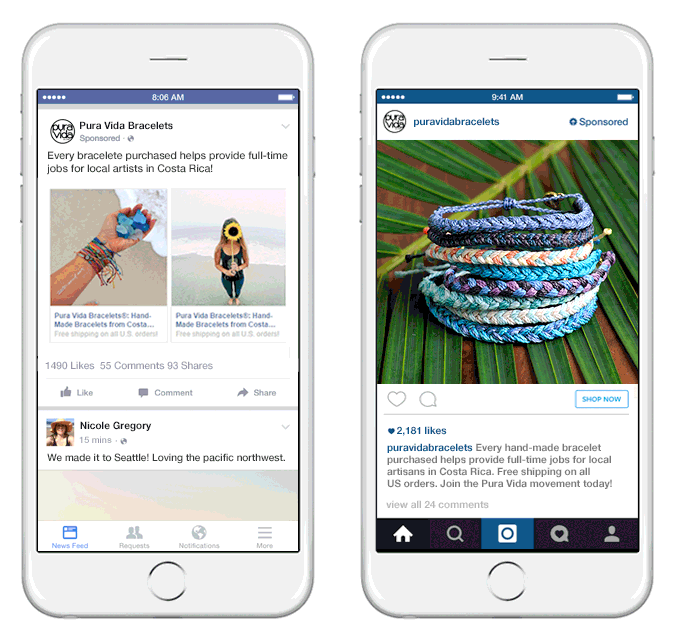 You also have another post with 20 comments and 50 likes. Which do you think would work better as a sponsored Instagram post?
You also have another post with 20 comments and 50 likes. Which do you think would work better as a sponsored Instagram post?
In this case, the post with 200 comments and 400 likes would make for a better sponsored Instagram post. Since there’s already an abundance of engagement, people are more likely to engage with the post to see why others are commenting on it or liking it. People are naturally curious as to why so many people are commenting on a post, so they get motivated to click on it.
By choosing a high-performing post, you’ll reach more people in your target audience, plus get them to interact with your posts and business.
2. You have a Shoppable Instagram post
Shoppable Instagram posts are an excellent option for sponsored posts.
These posts allow businesses to tag products in their images. When users click on the tag in the image, they can see details about the product. Users can click again and get directed straight to a product page.
From this point, your audience can purchase your products immediately.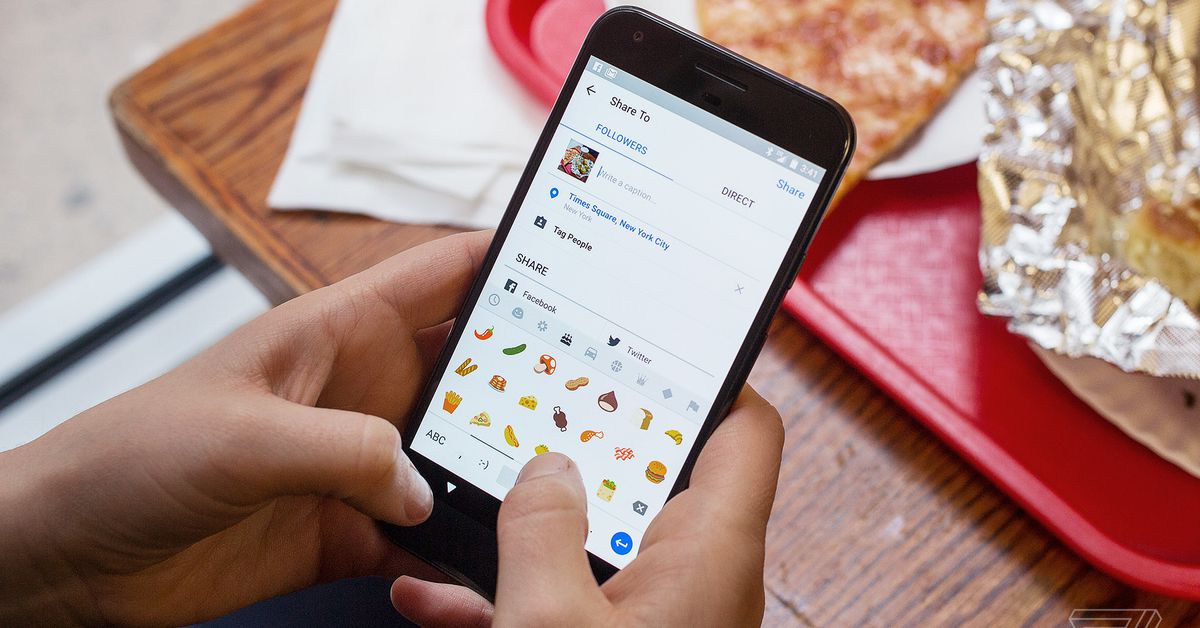
It’s a smart way to generate purchases without being too salesy. Promoting these posts is a great way to engage people in your target market and get them to check out your products. It creates an interactive experience, which encourages new users to interact with your content.
It’s important to note, however, that shoppable sponsored posts only work on the mobile app.
They also only appear on Instagram. You can’t run them through Facebook, even though Facebook and Instagram advertising use Facebook Ad Manager.
3. You want more user-generated content
User-generated content is a valuable marketing tool for your business. This is content that your audience creates around your products or services.
Let’s say you own a clothing store, and someone buys a blouse from your business. They love the top, so they post a picture about it on Instagram and talk about their experience.
Your company finds this post and reposts it (with permission) on your Instagram account.
When people see this content, they see an authentic experience from a customer. If you’re posting this kind of content to your page and promoting it, you’ll encourage more people to post their own user-generated content.
A sponsored Instagram post featuring user-generated content will lead to more engagement. If people see your Instagram sponsored post is user-generated content, they get inspired to check it out and see an authentic experience.
It encourages more engagement and gets people in your target market to interact with your content.
Start driving better engagement with Instagram sponsored posts
Instagram sponsored posts are a great way to gain more engagement, from likes to comments, on your organic content. Not to mention, you’ll get your content in front of people who want your products or services.
If you need help getting started with Instagram sponsored posts, contact us online to see how we can develop engaging Instagram sponsored posts for your business! Or, check out our social media advertising services to maximize your sponsored posts’ and Instagram ads’ performance.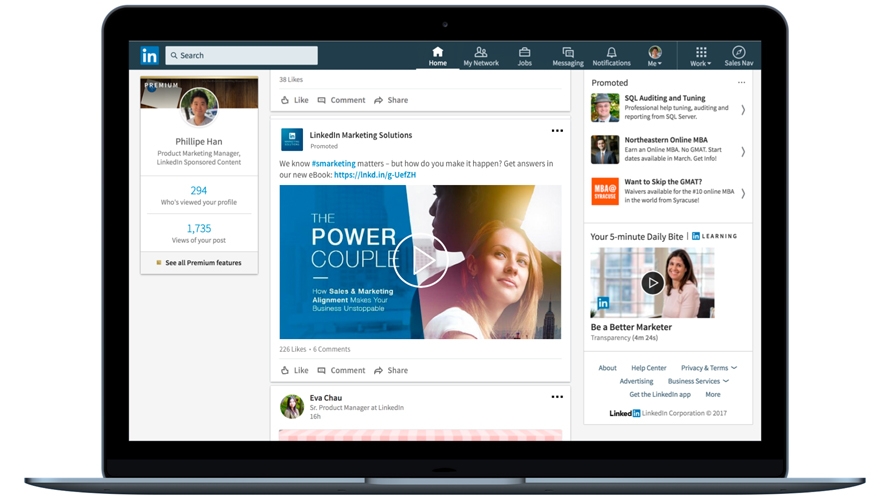
Need help analyzing your Instagram posts? We can help with that, too!
A step-by-step guide to launching ads on Instagram for beginners
Meta Platforms Inc., which owns the social networks Facebook and Instagram, was recognized as an extremist organization by a court decision dated March 21, 2022, and its activities in Russia are prohibited.
Instagram is one of the most popular social networks. As of April 2020, Mediascope estimates its monthly audience in Russia at 61 million people, 28 million of which check the feed daily. This is the fourth most popular social network, users spend an average of 30 minutes a day on it.
72% of users have an average or higher income level, 10.5% work in managerial positions. Instagram ads are the right tool to tell these people about your products and services.
WEB-Index Mediascope about the audience of Instagram
Instagram belongs to Facebook, so you can run ads here in two ways: through the Facebook advertising account and through the Instagram application itself. If you run ads through the Facebook advertising account, then you will have access to all the features of this tool: retargeting pixel, dynamic creatives, detailed statistics. When launched through the application, there are fewer opportunities, but the interface is simpler and it will be faster to launch ads. In this guide, we'll take a look at both tools.
If you run ads through the Facebook advertising account, then you will have access to all the features of this tool: retargeting pixel, dynamic creatives, detailed statistics. When launched through the application, there are fewer opportunities, but the interface is simpler and it will be faster to launch ads. In this guide, we'll take a look at both tools.
Content:
Preparation
How Advertising works on Instagram
Register Account
We Connect the Business Profile
We execute the Account
Run the advertising through the Instagram
Weem, we will fasten the history
Moving the history of
Facebook
Creating a campaign and choosing a goal
Setting up an ad group
Making an ad
Subtleties of advertising on Instagram
We will summarize
Read also:
Promotion on Instagram independently
Full guide on how promotion works on Instagram
| Read |
Advertising on Instagram is targeted. This means that you describe the target audience - its interests, geography of residence, demographic characteristics - and the social network looks for such and users and shows ads to them, and not to everyone in a row.
This means that you describe the target audience - its interests, geography of residence, demographic characteristics - and the social network looks for such and users and shows ads to them, and not to everyone in a row.
We have a step-by-step guide to working with Instagram for business. Let's recap the key steps you need to take to get your account ready to run ads.
Registering an account
If you plan to launch advertising through your Facebook account, then you may not need an Instagram account - a company page on Facebook is enough. But if you want to communicate with users directly on Instagram and show them more information about the company and products, then register an account for this.
You can create an account through an application on a smartphone or in a browser on a laptop or computer. To do this, you need mail, phone or Facebook account.
Registering an account in the app
If you don’t have the Instagram app on your smartphone yet, download it from the store:
Instagram on Google Play
Instagram on the App Store
to which you want to link your account. Enter the verification code, create a password, and enter your date of birth.
Enter the verification code, create a password, and enter your date of birth.
Registering an account in the browser
Open the registration page in the browser. You can log in to the social network with your Facebook account or create a new one. To do this, enter your phone number or email address, create a username and password. On the next screen, enter your date of birth, then the confirmation code that you will receive by mail or SMS.
The easiest way to use Instagram is from a mobile device, so we recommend downloading the app anyway.
Connecting business profile
A business profile is a commercial Instagram account linked to a company's Facebook page. It differs from the usual one in a set of additional features:
- You can view statistics of publications and stories, detailed information on account subscribers: their geography and demographics, the number of subscriptions and unsubscriptions for the last week.
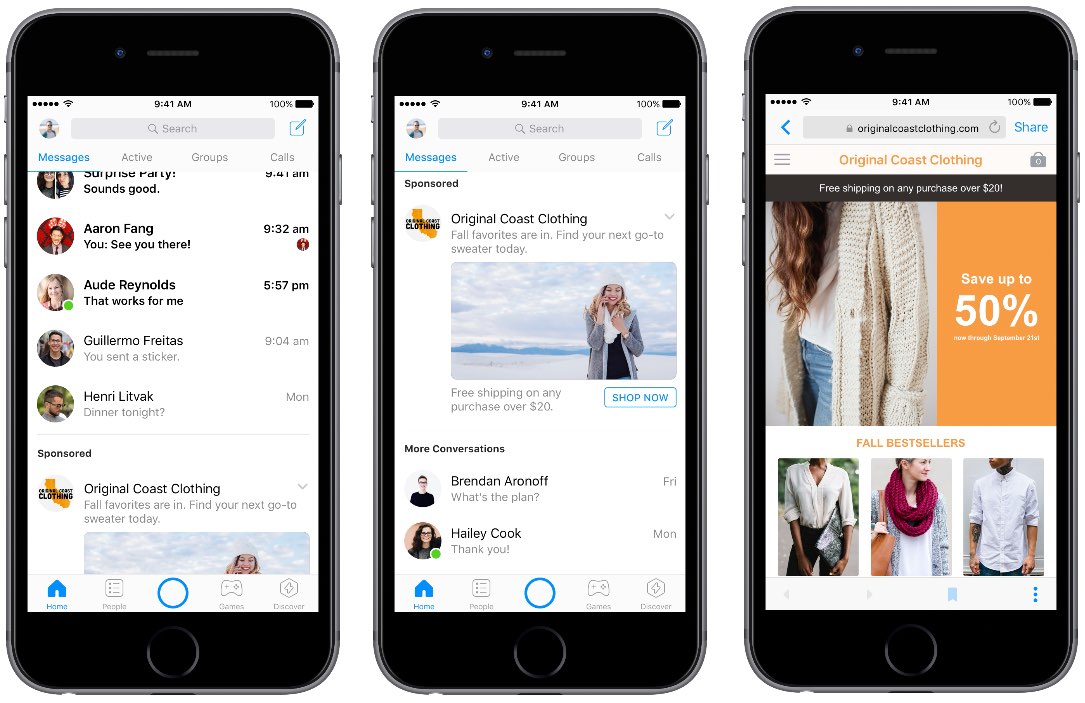
- You can add information about the company: opening hours, address, phone number.
- You can add a button for communication: when you click on it, the user will see your mail or be able to call immediately.
Compare how a regular profile and a business profile look from the side of the account owner:
Regular profile
Business profile
To connect a business profile, go to the profile through the mobile application, this is the right icon in the bottom row → click on burger menu in the upper right corner → "Settings" → "Account" → "Switch to professional account".
Instagram will clarify which category you belong to: "Author" or "Business". The first option is suitable if you are a blogger and develop a personal brand. If you have a company or a store, use the second one.
Specify which category your goods and services belong to, specify contact information. Then link your Facebook account and specify the business page that your Instagram profile will be linked to. If there is none, you can create it here.
Then link your Facebook account and specify the business page that your Instagram profile will be linked to. If there is none, you can create it here.
Filling the business page will not affect the operation of the advertisement. It is worth paying attention to two points:
- When creating a page on Facebook, indicate the correct category of your business, Instagram will use it for the business profile.
- If you run ads through your Facebook account without an Instagram account, the system will use the cover and title of this business page in the feed, so it's better to choose a good avatar and name.
Creating and filling an account
Account name, avatar, name and description
Advertising can also be launched from an empty profile, but if the user becomes interested in the ad and opens a page with nothing on it, he may lose interest and leave. Therefore, we recommend filling in information about yourself - adding an avatar, name and profile description.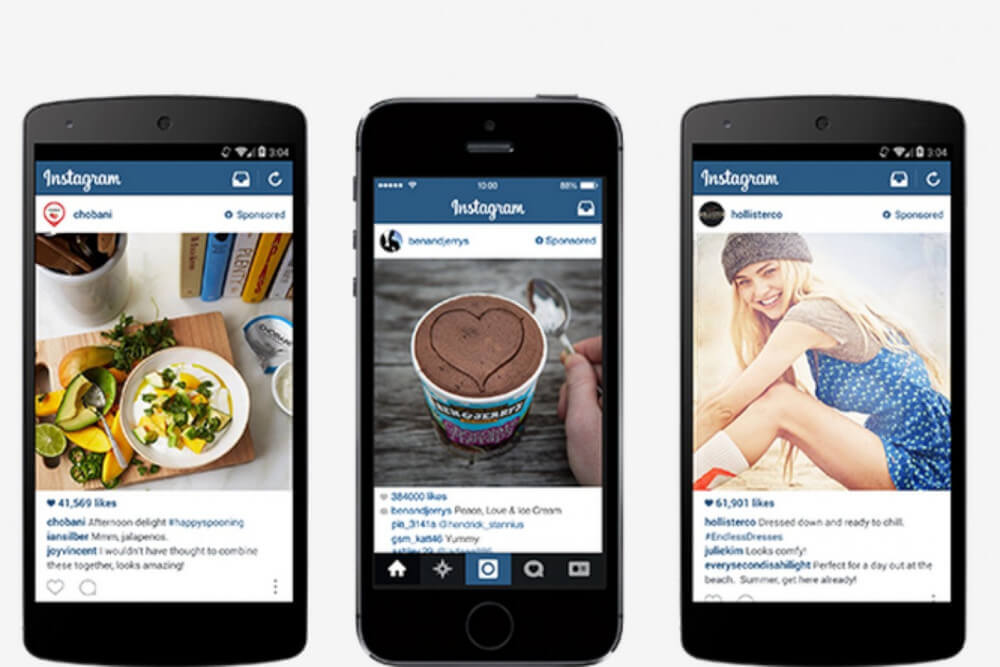
Pay attention to the avatar and title - this is what the user will immediately see in the feed of publications and stories. We recommend choosing those that will reflect the essence of your business, while being quite simple. For example:
Choose a suitable name - it will be displayed in the search under the account name. The name can contain up to 30 characters. It is worth adding keywords here: occupation, niche, geography and other characteristics that do not duplicate the account name. For example, “Land Law Lawyer” or “Fast Flower Delivery in St. Petersburg”.
Add a description for the account, it can be up to 150 characters long. Tell us what you do, add information about promotions and special offers, if necessary, indicate the hours of operation or the exact address.
A good description will help develop both the business account and the individual author. The account of the Keep Looking network is displayed one of the first on the request "Beauty salon". And the founder of the Generation Z online school develops a personal brand and tells why it is worth subscribing to.
And the founder of the Generation Z online school develops a personal brand and tells why it is worth subscribing to.
First publications
If you have a new account, before launching an advertising campaign, place posts on a couple of scrolls with detailed information about goods or services, delivery terms, prices, and benefits. Show the product from different angles, share customer reviews.
These publications are needed to convince the user who went to your profile from advertising to buy your product, sign up for a service or order a service. So pay attention to the images, videos, and text you will be using.
In addition to posts, you can also post several stories at once and add them to Highlights, a feed of saved stories. Stories can be divided into groups, for example: product information, delivery information, reviews. Or a separate group for each category of goods or services.
For most products and services, it's worth keeping in mind that the easier it is for a user to get additional information about your offer, the better the ad is likely to work. The design of the profile in this regard works like a good landing page design - it does not convince by itself, but helps the visitor make a decision in your favor.
The design of the profile in this regard works like a good landing page design - it does not convince by itself, but helps the visitor make a decision in your favor.
If you have a physical product, like Dodo Pizza or Boca furniture studio, tell us about it in the feed. If you have services, share cases, work principles or stories of employees like the Huge agency:
Dodo pizza feed
Boca furniture studio feed
Huge agency posts feed
As a result, you have an account with a suitable name, name and description, contacts are filled in, there are first publications and saved stories - it is easy for potential customers to understand what you offer and whether they are interested in it. Great, you are ready to start advertising.
Running ads through the Instagram app
If you have connected a business profile, you can run ads directly from the app on your smartphone. It’s convenient — it’s just a few clicks before the ad starts. On the other hand, there are fewer options available than when working with the Facebook account.
On the other hand, there are fewer options available than when working with the Facebook account.
You can only promote posts and stories through the app that you already have in your account. So first post all the content you plan to promote. Please note that you can't promote IGTV posts right now.
Promoting the publication
Destination
Open the publication that we will use in advertising and click "Promote". If you are running ads for the first time, the application will tell you more about where you can send traffic: to your profile, to a website, or directly to direct. The first option is suitable if you want to attract new subscribers. The second is if you are promoting the site. The third is if you want to immediately engage the audience in communication, for example, so that they request a catalog.
Ivan's is an online course for students and recent graduates. On his Instagram account, he publishes useful materials on the subject of the course: potential students sign up, get acquainted with free materials, gain confidence and then pay for the course.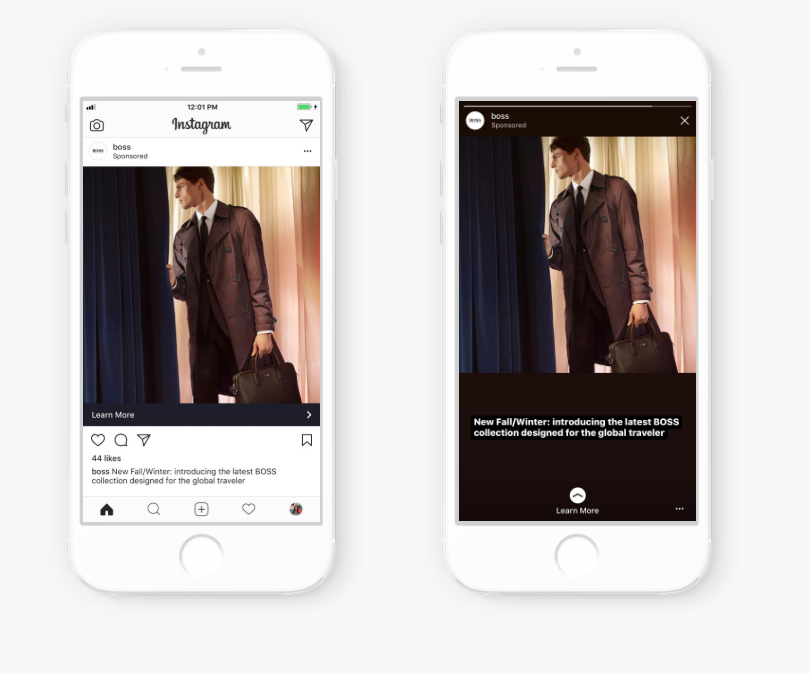 The account has both native posts with tips and life hacks and commercial posts promoting products.
The account has both native posts with tips and life hacks and commercial posts promoting products.
Ivan connected a business profile and filled in the feed:
On the one hand, advertising on Instagram for Ivan is an account development tool. So when promoting native publications, he specifies the profile as the destination: users see useful content and subscribe to the account. On the other hand, it is a source of traffic to the site. So in commercial publications, he sends customers to a landing page: users see an interesting offer and go to the site.
If you select a website as a destination, the application will pull up the address specified in the profile settings. Here you can also edit the call to action if you are sending traffic to the site. By default, it is "Details", you can choose another one, to do this, click on the small "Edit" link in the "Your site" item.
Select the appropriate text on the button and click Finish. Then - "Next" in the upper right corner on the screen for choosing a destination.
Then - "Next" in the upper right corner on the screen for choosing a destination.
Room
Let's move on to setting up the audience that will see your ad. You can trust the algorithms and select the "Automatic" option, then the social network will look for users who are similar to the account's current subscribers. This is a convenient option if you have an organic and active base that is interested in your products and services - in this case, Instagram understands which users to look for.
If you don't have many followers yet, or if they follow you because of contests and not for your content, it's better to set up the audience yourself. To do this, select "Create your audience". Here you can specify the geography, interests, and demographics of your audience.
Specify the geography of potential customers in the "Locations" section. In the "Regional" tab, you can specify all the cities or countries that you plan to cover. In the "Local" tab, you can specify a specific address and the radius around it, from 1 to 30 kilometers. Convenient if you are looking for clients for a local business, such as a coffee shop or a beauty salon. Or if you have a limited delivery radius.
Convenient if you are looking for clients for a local business, such as a coffee shop or a beauty salon. Or if you have a limited delivery radius.
In the "Interests" section, in free form, enter the interests for which you want to reach users. For example, "travelling", "cars", "raising children". Select the appropriate item, and the system will suggest similar interests.
Specify the age range and gender of the audience. For example, ads can be shown to women between 18 and 35 or men over 30.
Sometimes Ivan publishes entries that are aimed at readers from Moscow, and sometimes at those who live in the regions. When promoting different posts, it uses different geography settings. But interests usually do not change, its subscribers are actively interested in self-development, career, business.
"Places" is a mandatory section, "Interests" is an optional section. The application will tell you how many people match this set of descriptions.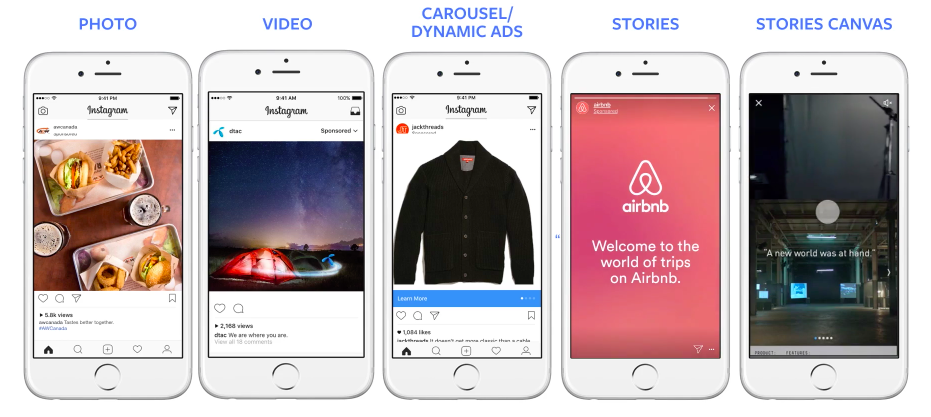 If the potential audience is small - usually less than 2500 users - the system will tell you that the potential reach is too narrow. Advertising in this case may be ineffective - few people will see it. To fix this, you can expand the geography and age range, or add additional interests.
If the potential audience is small - usually less than 2500 users - the system will tell you that the potential reach is too narrow. Advertising in this case may be ineffective - few people will see it. To fix this, you can expand the geography and age range, or add additional interests.
Add a name and click "Finish" - the audience will be saved and you can use it for future campaigns.
Budget & Duration
Specify the daily budget for the campaign - from $80 to $20,000 - and the duration in days - from 1 to 30 days. low budget and short duration.
Ivan promotes each post from three to six days. He thinks so: less than three days is too short, the algorithm may not find the right audience. More than six days is a long time, the same people can come across the same post several times. And in the range from three to six, it is optimal: even if the algorithm shows campaigns to the same people, they will constantly see different content.
There are exceptions: if Ivan publishes a very important and viral post, or he announces a new product or event, then he runs the ad longer, up to 14 days. In this case, reach is important to him, and he does not worry about repeat impressions.
The campaign is ready to run. You can click "Promotion Preview" and see how users will see your ad in the feed, in stories, and in the "Interesting" section.
Add a PayPal card or account from which you will pay for advertising. Click "Payment", select a country and enter payment details. If you run ads from Russia, then keep in mind that the system will additionally charge VAT - 20% of advertising costs. That is, if the total campaign budget is 10,000 rubles, then in fact you will pay 12,000 rubles.
Click Create Promotion. The ad will go for moderation.
Promoting a story
Promoting a story works according to the same principle — select one of the published stories, indicate the platform to which we want to lead customers, describe the audience, set the budget and send it for moderation.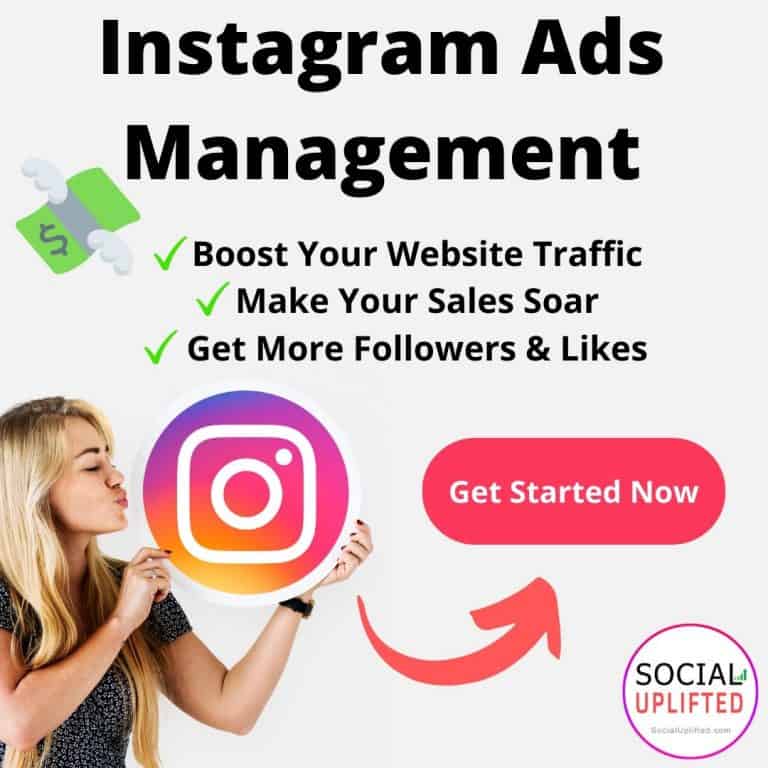
You can promote a story that you have posted within the last 24 hours, that is saved in your Instagram Highlights or is archived. Open the story, click on the three dots in the bottom right corner and click Promote.
There are several restrictions when promoting a story:
- You cannot promote stories with clickable elements: hashtags, polls, user marks.
- Stories that may violate the rights of others, such as gifs or masks from the Instagram collection, cannot be promoted.
- You can't promote stories that were published too long ago, the statute of limitations is about two years.
Tracking performance
You can track the results of your ads in the "Promotions" section of your profile page. For each promotion, the application will show the number of impressions, audience parameters, budget expenditure.
We launch advertising through the Facebook account
To launch advertising through the Facebook account, you need to set up a campaign, an ad group and the ad itself. At the same time, only Instagram must be specified in the placement settings of the ad group, then ads will not be shown on other sites. Let's go in order.
At the same time, only Instagram must be specified in the placement settings of the ad group, then ads will not be shown on other sites. Let's go in order.
Read also:
A guide to launching Facebook ads for beginners
Understanding the intricacies of advertising on Facebook
| Read |
If you haven't run ads on Facebook yet, first create an account. On any social network page, click on the arrow in the top bar and go to the "Facebook Ads" section. On the new page, click "Create an ad" in the top menu and accept the non-discrimination policy. After that, the "Manage ads" item in which your account is located will become available in your menu.
Click "Create" in your advertising account. During the launch of the first advertising campaign, the social network will ask you to specify additional parameters: your country of residence and time zone, the currency in which you will pay for advertising, and details of your PayPal card or account, QIWI wallet, Yandex.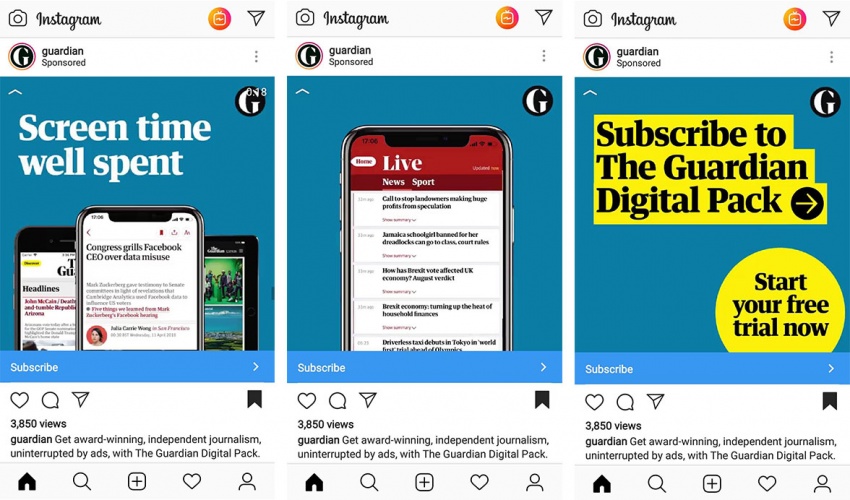 The money from which you will pay.
The money from which you will pay.
Creating a campaign and choosing a goal
The first step to launch an ad is choosing a goal. There are three categories to choose from: Awareness, Considerations, and Conversions.
Awareness is fine if you just want to talk about a new product. For example, Coca-Cola can announce a new flavor of soda in this way: they don’t so much need the user to go to the site, but so that he remembers the new label and remembers about it in the store.
"Consideration" is suitable if you want the user to become interested in the product and somehow interact with the advertisement: watch the video, go to the site, like it, install the application that you are promoting.
"Conversions" is suitable if you want users to perform a specific action on the site: register for an event, put an item in a cart, leave a request. For ads to work effectively, you will need to set up the transmission of events from your site to your ad account.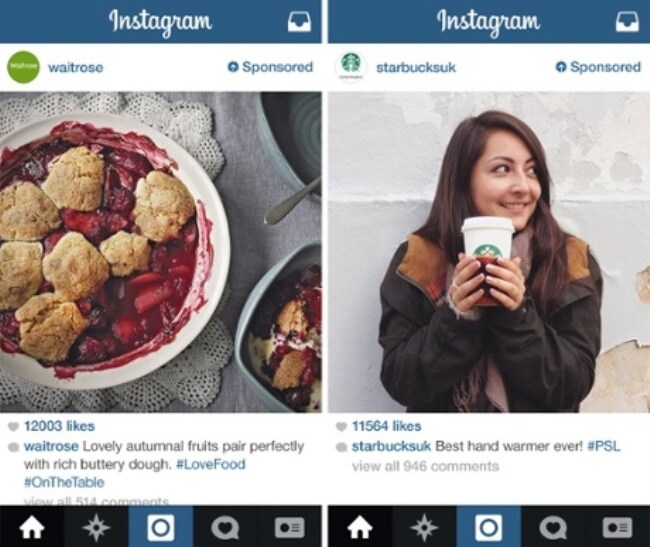
The logic of the algorithm depends on the goal you choose — which user it will show ads to. For example, if you select the "Traffic" objective, then the algorithm will show the ad to those users who are more likely to click on a button or link. It works like this: the system will show ads to the first group of users and mark those who take the desired action. And then, according to various parameters, it will look for others who are similar to them in profile and behavior and will also follow the link with a high probability.
Alexey has an online flower shop with a pickup point on Taganskaya. Instagram for him is a way to attract customers to the site, talk about products. Alex uses the "Traffic" objective to get as many clicks to the site as possible. Let's see what other settings he uses for promotion.
Add the name of the campaign. For campaigns, ad groups, and ads, it's best to use names that you can refer to in the future. If all campaigns are called "Advertising", then to find the right one and fix something in it, you will have to make a lot of clicks. Use a clear description in the title, such as "Outreach campaign in Moscow, August" or "Traffic to the site by interests / Regions".
Use a clear description in the title, such as "Outreach campaign in Moscow, August" or "Traffic to the site by interests / Regions".
Check whether you will conduct an A/B test as part of the campaign. If yes, then you will be prompted to create different ad groups that may differ in design, placements, and audiences.
Specify how you plan to manage the budget: at the level of the entire campaign or each individual ad group in this campaign. That is, set a general limit for all groups at once, or a separate limit for each group. If you choose to optimize the budget of the entire campaign, then specify the daily or total campaign budget and the bidding strategy you want to use.
If this is your first time setting up ads, click the "Set up ad account" button. Facebook will ask you to enter your country, currency, and time zone. If you have already created advertising campaigns, click "Continue".
Set up the ad group
The next step is to set up the ad group.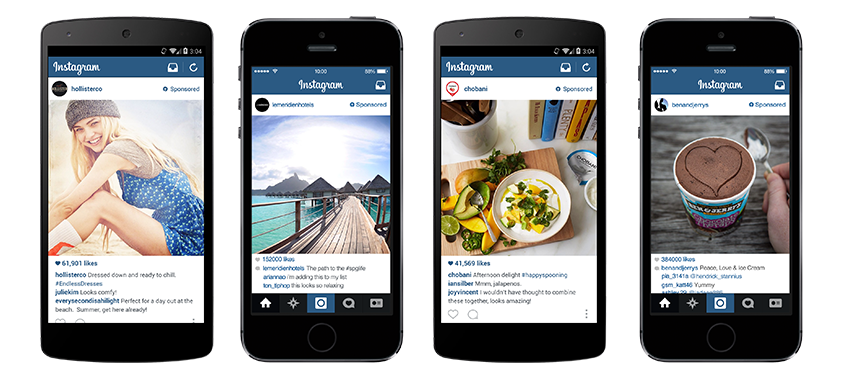 Ads in the same group will have the same audience and placements. If you want to create ads for a different audience segment, you can create a new ad set within the same campaign. For example, one ad group for school supplies might be for students and another for their parents.
Ads in the same group will have the same audience and placements. If you want to create ads for a different audience segment, you can create a new ad set within the same campaign. For example, one ad group for school supplies might be for students and another for their parents.
Enter a name for the ad group. Choose where you plan to send traffic: to a website, to an app page, or to a conversation in Messenger or WhatsApp.
You can check "Dynamic creatives" if you have multiple options for images and accompanying text. The advertising system will show users different options and determine the most effective ones.
Specify the parameters of the audience to which you want to show ads: their geo-, demographic characteristics. Click "Edit" next to "Detailed targeting" to specify additional parameters: interests, education level, marital status, devices used, and others. In the block on the right, the system will show what audience size you can potentially reach.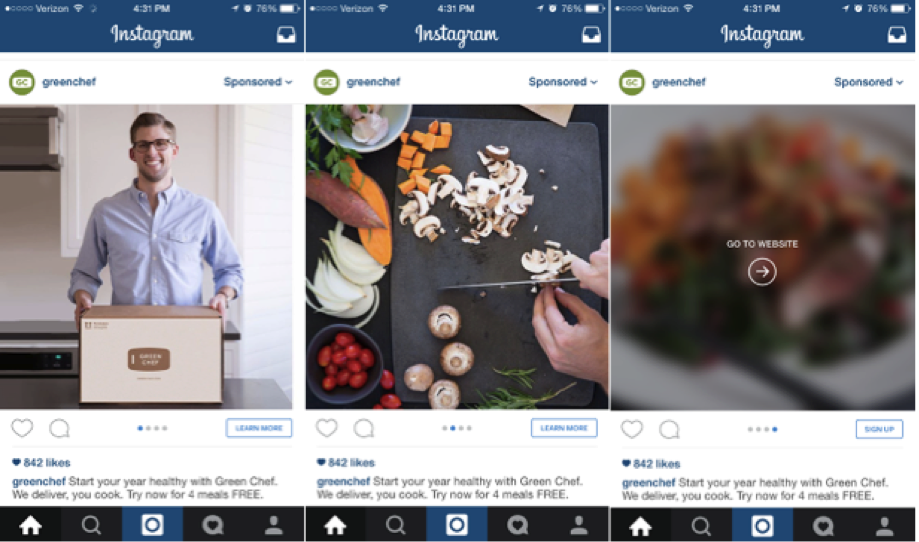
Aleksey knows that his main clients are women from Moscow who are already thinking about home comfort and are interested in gardening and interior design. Alex uses this information to set up audience settings.
In the "Placements" section, select the "Manually select placements" item. In the block that opens, uncheck the "Facebook", "Audience Network" and "Messenger" platforms. You can then choose where on Instagram you want your ads to appear: in the main feed, Explore feed, or Stories.
If you didn't select budget optimization at the campaign level in the previous step, in the Budget & Schedule section, specify a daily or total budget and bid strategy. For some purposes, for example, "Traffic", you can specify a control price - this is your expectation of a price per action: click, install, button click. The final cost may vary, but the system will take into account your expectations when selecting places to display your ad.
Click Continue.
Making an announcement
Enter the name of the announcement. In the "Company identification" block, select on behalf of which page you place ads. If an Instagram account is linked to this page, you can select it in the "Instagram Account" section. If not, then you can promote ads from a Facebook page.
If you have specified an Instagram account, you can select one of the existing publications in it or create a new one. If you create a new post, it will not be reflected in your account - this is convenient if you do not want to show sponsored posts in your profile feed.
You can use the "Carousel" format, which consists of several objects and captions, or "Single image or video".
Upload media objects: pictures and videos. Click "Add Media" and choose from already uploaded media or add new ones. If you plan to advertise in Stories, upload a separate image with an aspect ratio of 9:16 for this purpose.
Add ad text, provide a link, select a call to action to be displayed in the ad.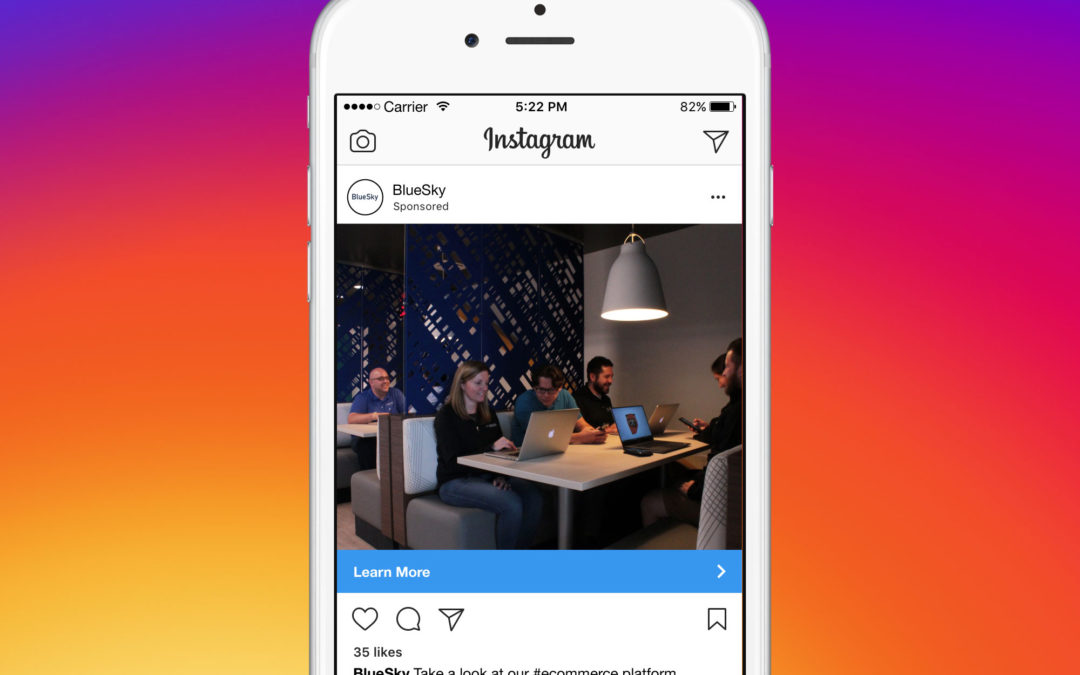 If you chose the Carousel format, then add them for each card.
If you chose the Carousel format, then add them for each card.
Please note: if there are two or three cards in the gallery, the user will see all of them when advancing in stories. And if there are more cards, then the user will see the first three, and the "Open story" button will appear in the interface. A person will see the rest of the cards only if he clicks on it. The link is invisible, so some users may not see other creatives.
Aleksey uses a gallery for advertising: this way you can show more plants and some of them will surely interest a potential client. He adds a short description to each image: what kind of plant it is, who will like it, what interior it will suit. For example: “Unpretentious, but spectacular: suitable for owners who are not ready to spend a lot of time on care, but want to please the eye every day. It will fit perfectly into a bright, spacious interior.
If you have an online store on Tilda and a product catalog is connected, you can automatically generate a gallery from it.
Select whether you want to collect information about users who see and interact with ads using the Facebook pixel.
Click Confirm. The ad will be sent for moderation.
Promotion with the help of the Facebook advertising account provides flexible opportunities for experimenting with advertising. We talked about them in a detailed guide to advertising on Facebook, pay attention to:
Pixel. It will help to save information about users who have already seen your ad and interacted with it or performed a certain action on the site.
Catalog. It will be useful if you have an online store and want to promote your products.
Dynamic creatives. The tool will be useful if you have a lot of ideas for advertising design, but you don't know which ones will work best.
The subtleties of advertising on Instagram
Advertising on Instagram must comply with the same rules as on other Facebook sites.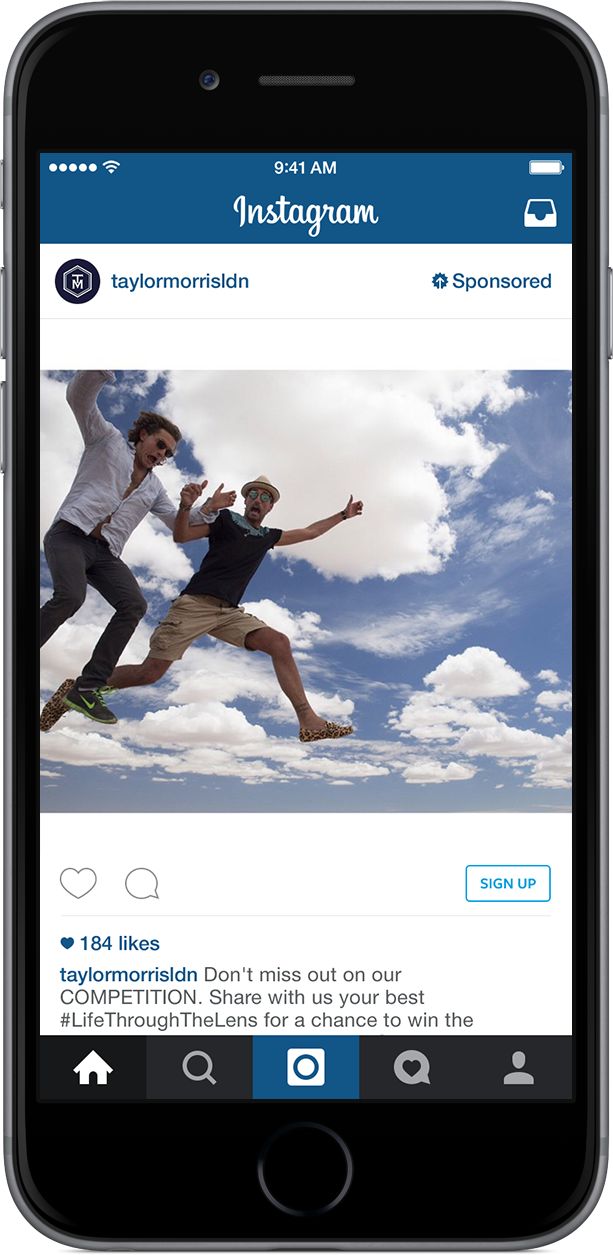 Here are a few more recommendations that the social network gives for setting up ads.
Here are a few more recommendations that the social network gives for setting up ads.
Use a separate image format for Stories ads
Don't use the same media for feed and story ads. Prepare a separate version of the creative with a 9:16 aspect ratio and use it for ads in stories. And for the ribbon, leave the standard rectangular or square image. Please note that if you promote the gallery through the Facebook interface, then the images in the feed can only be square.
Do not overuse text on creatives
Facebook has a negative attitude towards images, more than 20% of which are text. This can lead to the fact that ads will scroll more slowly and fewer users will see them. It is better to put the text in the description, and leave the image clean.
Consider the interface
If the image has text at the very bottom or top of the screen, the interface elements will overlap it: the profile icon on the top, the call to action on the bottom. To prevent this from happening, place them at a distance of 14-15% of the height from the top and bottom edges.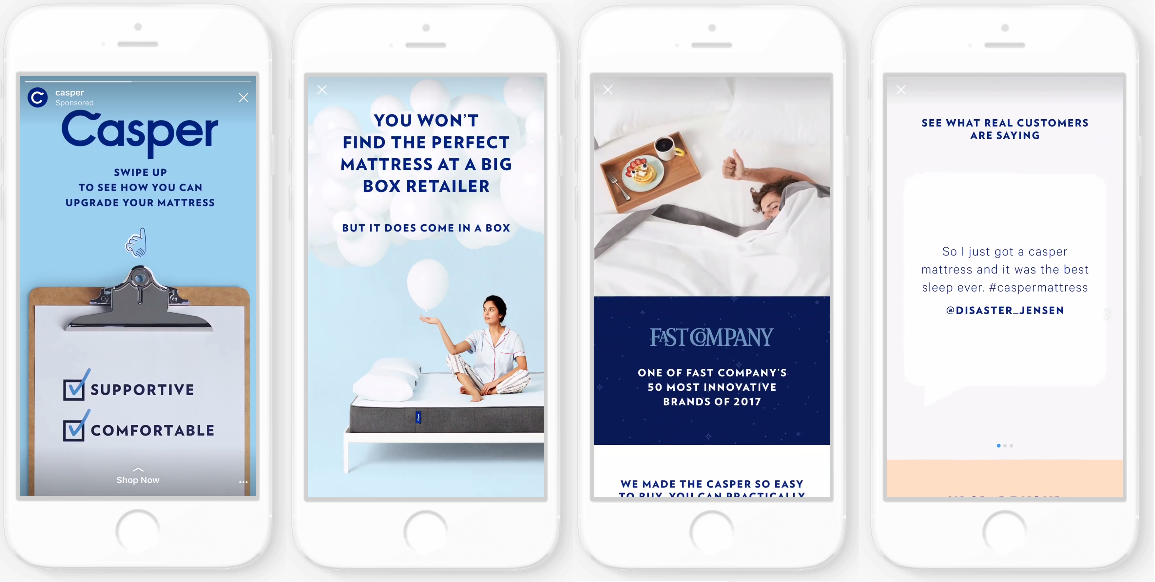 If you are using an image that is 1600 pixels tall, back off 220-250 pixels.
If you are using an image that is 1600 pixels tall, back off 220-250 pixels.
Don't forget that the user can turn off the sound
If you decide to promote the video, don't forget that the user can view it without sound. If you plan to convey important thoughts with your voice, then duplicate them with subtitles so as not to lose such users.
Check your account statistics
See which of your posts get the most engagement: likes, comments, bookmarks. It is probably worth using such recordings for advertising - they resonate most with your audience.
Promote new products, services, and offers
Instagram promotion is a way to promote an upcoming sale, new product launch, or special offer. Advertising will help convey information about the new product to an audience that may be interested in it.
Don't delay when using video in Stories
A story is only 15 seconds long - don't put off showcasing your product or brand. If you use a long introduction, then some users may simply go to the next publications and not even figure out what you offer them.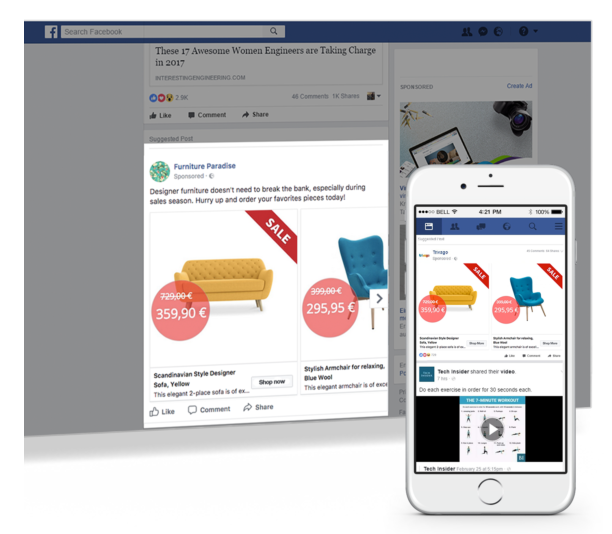
Show, don't tell
Show users the product in action: how other people use it, what are the non-standard uses for it, tell how you work on it. Tell a story, not just describe the benefits of a product.
Let's summarize
Advertising on Instagram can be launched in two ways: through the Facebook advertising account and directly in the Instagram application.
Prepare your account for launching ads: add an avatar, description, website link, contacts. Post several posts that will help users get to know your offer better.
Switch your account to a business profile. To do this, you need to link your Instagram profile to a Facebook page. It will take just a few clicks, but additional features will open up: you can view statistics, add information about the company, and run ads through the application.
Only posts and stories that have already been published can be promoted through the app. Choose where you want to send potential customers, describe the audience, set budget settings.
Choose where you want to send potential customers, describe the audience, set budget settings.
When launching ads through your Facebook account, you will have more options: flexible budget settings, pixel, catalog, dynamic creatives. But the launch will be more difficult.
Author: Slava Ufimtsev
Illustrations, design and layout: Julia Zass
Thank you!
See also:
A complete step-by-step guide to launching Facebook ads for beginners
A complete step-by-step guide to launching ads on VKontakte for beginners
Self-promotion on Instagram
20 online courses on web marketing
Increasing ad conversion: how to increase conversion from advertising traffic
Creating an email newsletter: how to make an email newsletter yourself
How to make an online store yourself from scratch
Instagram business: how to increase sales using the site
Why advertising on Instagram does not work: 8 common mistakes
Table of contents
- Why is the target on Instagram not paid?
- Error 1.
 The payment method is not linked correctly
The payment method is not linked correctly - 1. Lack of funds on the bank card
- 2. Problem with card processing and confirmation
- 3. Error in specified details
- 4. Bank card limit
- Error 1.
- What other problems do I have when running ads on Instagram?
- No ad impressions
- Error 2. Instagram is not linked to Facebook
- Error 3. Advertising violates the rules
- Error 4. Business account not created
- Low involvement
- Error 5. Audience too narrow
- Error 6. Impressions for bots
- Conversion problem
- Error 7. Irrelevant target
- Error 8. No creative in content
- No ad impressions
- Why targeted ads on Instagram don't work
- Find out the cost of advertising
Today, Instagram is one of the largest social networks. About 40 million users from all over Russia are registered on the network and more than a billion people from all over the world. Instagram is also the second most downloaded free app in the world.
Instagram is also the second most downloaded free app in the world.
This is why Instagram has become so attractive to advertisers with its reach. The service itself even offers to promote users to their most popular publications. But not every ad works. There are two most effective ways to promote online: targeting and promotion through influencers. If in the case of bloggers it is important to simply choose the right one, then with targeted advertising everything is more difficult. Read more about targeted advertising on Instagram in the article. Let's figure it out why Instagram ads don't work and how to set up ads . And also consider the most common mistakes when launching ads on Instagram .
Why is Instagram targeting not paid?
Why is Instagram targeting not paid?
In order to promote something on Instagram, it is important to link your account to a Facebook page, so payments will be more reliable, and it will also be easier to set up and track progress. This method of promotion is more professional and high quality than direct promotion from the Instagram network.
This method of promotion is more professional and high quality than direct promotion from the Instagram network.
There are two ways to pay for advertising:
- PayPal
This is a special payment system with the simplest and fastest registration. The main thing is to enter your bank card details. This system is designed to pay for various goods and services on the Internet.
- Bank card
The most common payment method. But for Facebook ads, it's less secure. Facebook is very sensitive to user data. Therefore, having made at least one mistake when filling out, you can easily fly into a ban.
It is worth noting that the money for advertising on Instagram is debited after the launch of impressions, and not immediately. All payments can be tracked in the advertising account.
It is important to pay attention to the limits set. They are needed so that in the morning you do not expect zero on the balance of a bank card. Limits limit the amount charged for advertising promotion. Once you run your ad and set all the necessary settings, such as goal, budget, display schedule, and many others, you can be sure that Instagram will not forget to debit your card anyway.
Limits limit the amount charged for advertising promotion. Once you run your ad and set all the necessary settings, such as goal, budget, display schedule, and many others, you can be sure that Instagram will not forget to debit your card anyway.
What should I do if the selected payment method does not go through? This happens very often, after which the advertising will be suspended until the debt is paid off. There are 4 possible reasons why the payment was rejected:
1. Insufficient funds on the bank card
The most common reason for the rejection of payment for any purchase on the Internet is the lack of funds. Some payments charge a fee that the buyer may not expect. And sometimes a person simply forgets to check the balance on his card.
2. Problem with card processing and confirmation
This problem does not depend on the buyer. It happens that technical operations freeze and the debiting of funds from the card does not occur due to problems with the payment processing.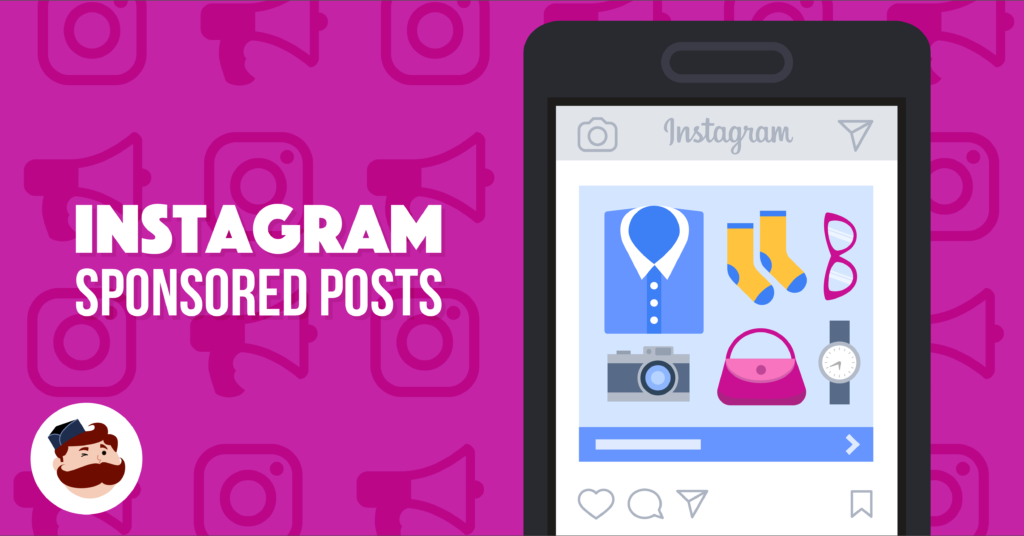 In order to solve this problem, you need to check the expiration date of the bank card that will be used for payment and reload the payment page.
In order to solve this problem, you need to check the expiration date of the bank card that will be used for payment and reload the payment page.
3. An error in the specified details
A correctly specified Surname does not mean at all that other data is not important. BUT it is important to check details such as bank account details, bank branch code, as well as the exact name of the bank.
4. Bank card limit
A rare but quite possible problem related to the limits set by the bank or the buyer himself. Some cards set the maximum number of money transfers and spending.
If among the problems described above, there is no suitable one, you can write to the support service. It is recommended to write in two languages: Russian and English. Before that, try linking a card from another bank.
What other problems arise with
launch ads on Instagram ? Promotion in a social network, at first glance, is a matter of two minutes. Although in reality it requires detailed analysis and analysis. Let's analyze the frequent problems of launching ads on Instagram and their causes.
Although in reality it requires detailed analysis and analysis. Let's analyze the frequent problems of launching ads on Instagram and their causes.
No ad impressions
Error 2. Instagram is not linked to Facebook
In order to run targeted ads on Instagram, you need to link your account to the Facebook network. Only by linking advertising accounts will it be possible to run ads.
Error 3: Advertising violates policies
Facebook and Instagram closely monitor the content that is published and promoted on social networks. It is forbidden to post content containing: propaganda, violence, drugs, weapons, alcohol, gambling and even dating sites.
Error 4. Business account not created
Targeted ad creation is only available for business accounts. This setting can only be changed on Facebook, as it will automatically change on Instagram.
Low engagement
Mistake 5. Audience too narrow
In Instagram, it is important to select the target audience for page promotion.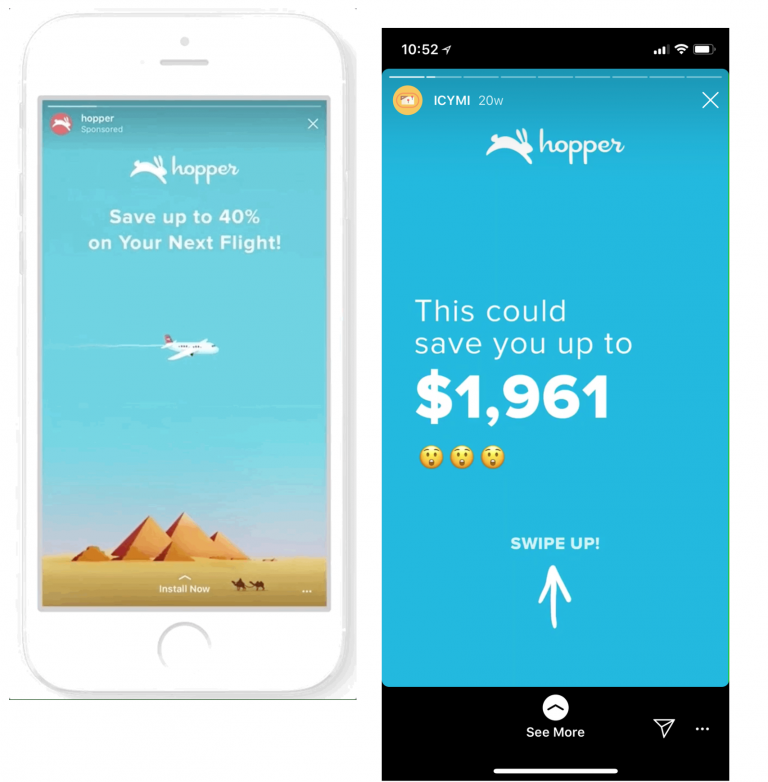 Of course, if you do not sort the audience as a whole, the effectiveness of advertising will also be minimal. It is important to determine the interests, geolocation, age and other characteristics of potential consumers. Today, the Facebook algorithm does this task as well as a professionally trained person.
Of course, if you do not sort the audience as a whole, the effectiveness of advertising will also be minimal. It is important to determine the interests, geolocation, age and other characteristics of potential consumers. Today, the Facebook algorithm does this task as well as a professionally trained person.
Error 6. Impressions for bots
A common problem on Instagram is fake pages. Increasing the number of subscribers does not always increase engagement. After completing an advertising campaign, it is important to filter out the subscribers that you managed to attract with its help. Inactive pages will only reduce the popularity of your social network.
Conversion problem
Error 7. Invalid target
It is important to determine the geolocation. If you are advertising a small showroom in an inconspicuous town, you should not set up advertising for the whole country. The content will simply not be interesting to most of the audience. Why throw money away?
Keep in mind that Facebook does not translate ads into other languages.
This is also important to consider when creating targeted advertising.
Error 8. There is no creativity in the content
When creating an advertisement, it is important to pay attention to the creative design of the official account, posts and other publications. The visual component of advertising also plays an important role. When switching to a user account, it is important to keep.
Why targeted advertising does not work on Instagram
In order to create successful targeted ads on the Instagram network, it is important to carefully plan your advertising campaign. Unfortunately, the problem with payment, engagement, lack of impressions and conversion is far from the whole list that an advertiser may face. It is worth advertising only a high-quality and well-thought-out product. You should not throw money away by thoughtlessly connecting the promotion of posts on the network. It is easier to turn to specialists and watch the growth of subscribers and increase in sales.

